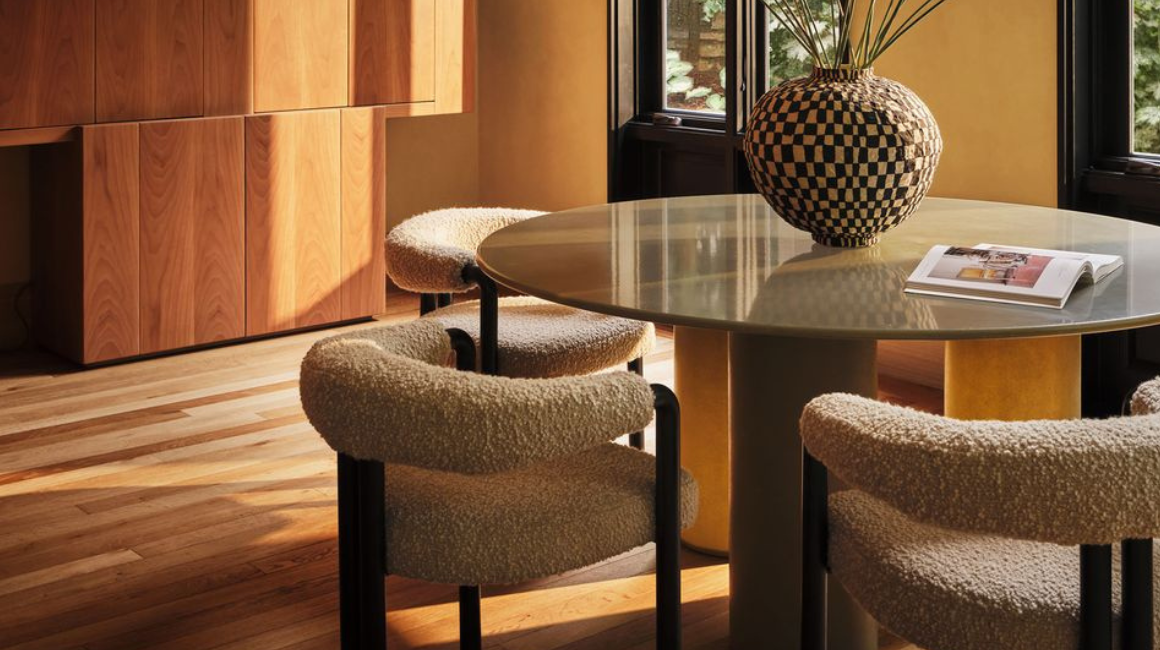Many designers are unaware of the level of sales expertise they accumulate through the nature of their work. Being an Interior Designer requires some level of salesmanship at almost every step of the way. The transferability of your skills is essential when considering other career paths to pursue with your education. If you want to expand your horizons, a showroom sales position, a trade sales position, or a business development position is a great path to embark on.
Working in sales or a design showroom is a great career option for the individual with a background in interior design because you’ll have the familiarity with in-depth customer service experience as well as the advantage of extensive product knowledge and the full cycle design process. With these tips, we’ll guide you to position yourself as less of a salesperson and more of a consultant.
Here are three impactful ways in which you can evaluate your current sales-friendly attributes and apply them to a business development or showroom setting.

1. Tap Into Your Interpersonal Skills.
As an Interior Designer, you’re no stranger to meeting with clients and having to win them over to gain their trust on major projects in which they are trusting you to make the right decisions to bring their vision and preferences to life for their homes or other properties. Use that same confidence and experience to guide your customer through their product selection and guide them toward looking into products or rooms they didn’t initially realize they needed to update when they first came to see you.
2. Use Your Product Knowledge To Your Advantage.
Establishing trust is one of the most imperative aspects of being a successful salesperson, and the way to build trust in business is to know your stuff. Being a trained Interior Designer working in sales, you will have the advantage over salespeople who may have a limited range of the industry. At the same time, you hold extensive knowledge about various products, brands, and manufacturers. Shoppers will value this insight because you’ll be able to efficiently guide them in the right direction due to your ability to compare various items to one another based on quality, style, and price range.
3. Use Your Insight on Design Trends to Establish Credibility.

As we’ve mentioned before, shoppers truly value professional insight from a seller, especially when making significant and long-term purchases for one project or many. You’ll be more likely to gain repeat business if you can prove that you know how to curate a room for a client and are also in tune with current industry trends. This is where you can leverage your design background and projects you have completed to relate to the client.
Designers, we hope this read gave you more insight into the flexibility of your interior design knowledge and gives you the confidence to make a pivot in your career if you are looking into a new path for your next step; if you’d like to learn more about the sales opportunities we have available, visit us at Jobs.InteriorTalent.com to see all that is available from showroom sales to business development representatives.
Do not forget to follow us on our social networks for a look at the work we do with our impressive clients in the A&D industry, career resources, job updates, and more.


